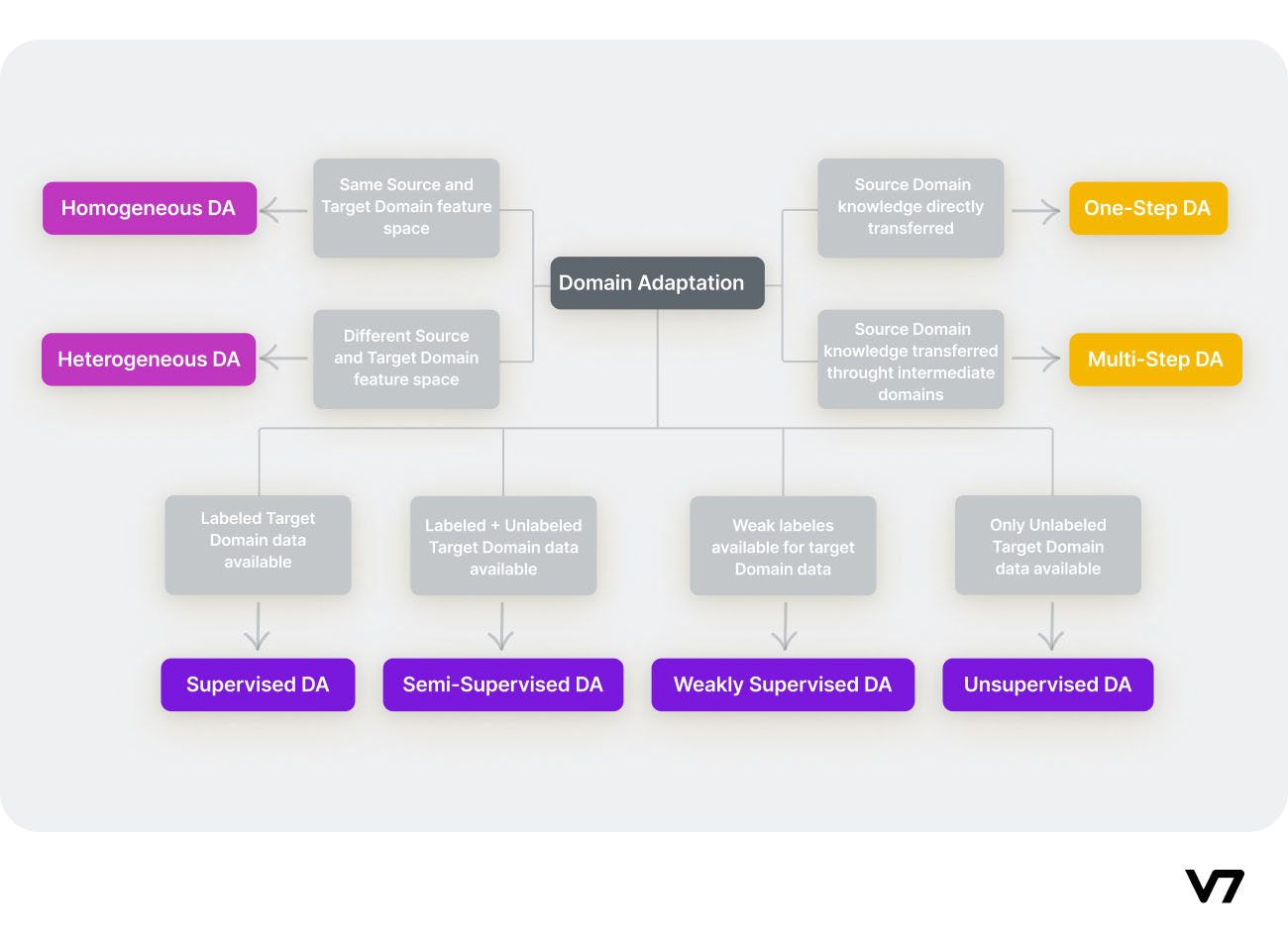Domain Adaptation
Domain adaptation is a sub-discipline of machine learning which deals with scenarios in which a model trained on a source distribution is used on a different target distribution.
- So it’s a Distribution perspective.
In the case of Sim2Real: Domain adaptation updates the data distribution in sim to match the real one through a mapping or regularization enforced by the task model.
Many DA models, especially for image classification or end-to-end image-based RL task, are built on adversarial loss or GAN.
Approaches according to ChatGPT (for RL)
- One common approach is to fine-tune the policy learned in the source environment on the target environment. This involves taking the pre-trained policy and continuing its training on the target environment, adjusting its parameters to fit the new environment.
- Another approach is to use domain adversarial training, where the model is trained to simultaneously minimize the classification error on the source environment and maximize the classification error on the target environment. This encourages the model to learn domain-invariant features that are useful in both environments.
adversarially generating environments to minimize the reward of the current policy; i.e. minimax training
- Sim2Real
- Image-to-Image Translation is a specific application
https://www.v7labs.com/blog/domain-adaptation-guide
https://www.youtube.com/watch?v=VpcMNmoABgE

Unsupervised Domain Adaption
UDA techniques are designed to transfer knowledge from a labelled source domain to a similar target domain that is fully unlabeled by addressing the domain shift between the two domains.